Assignment 4 - Design of Interface Application
Introduction
From ID to AR, shaping deeper connections and presentations for students, every interaction is a new discovery.
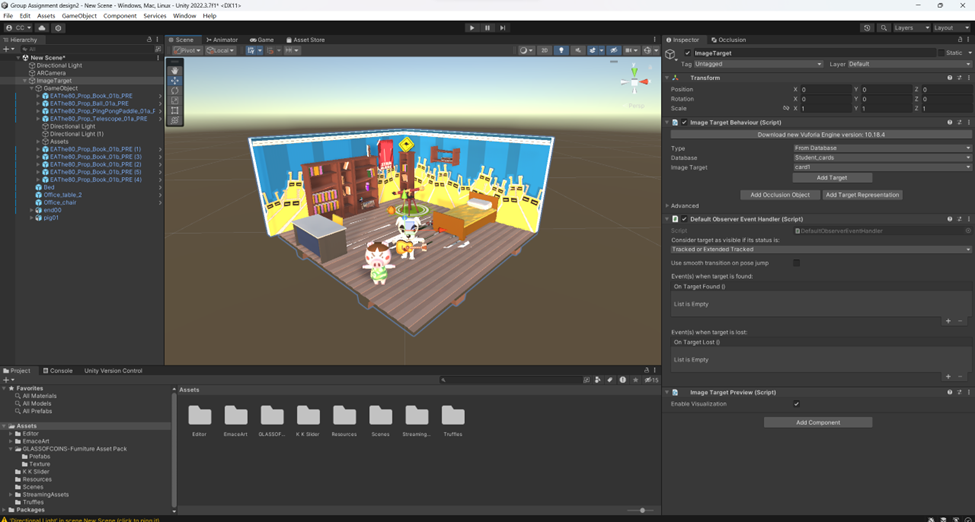
Augmented Reality (AR) and digital technologies are becoming more and more popular, and sub-based providing students with tools to apply AR technology to enhance their enthusiasm for learning has become one of the primary goals of educational institutions. In this report, we aim to design a student-oriented AR campus social software that provides university students with a meaningful and enjoyable social interaction experience through the combination of a student ID card and an AR application. In addition, students can earn points by getting good grades or participating in campus activities, which can be exchanged for decorations and new room and character models. In this way, students can more easily connect and build relationships with other students, thus enhancing their social networks.
Description of the application
· Our application aims to design and implement AR functionalities through student ID cards. With the presence of university events, our goal is creating an unique interaction for students to engage with others in order to create bonds and connections. In terms of our function, when a user scans their student ID card through an image target (based on their photo), it will illustrate several layouts indicating their student information which consist of personality trait where student can identify a person pattern of behaviors. In addition, the information can include multiple areas that can be modified based on the user, meaning they could give any context about themselves in terms of showcasing their profile.
· Another included aspect is the usage of 3D models for students. The user can manage their model along with their room in order to match their personalities while presenting their biography.
What is the significance of your application in the context of your chosen scenario(Nic) (Step 1 in Human Computer Design Process – Lecture 4)
· This application aims to not only elevate the experience of interacting with AR interfaces through UTAS student ID cards. It can be a pathway to introduce communities surrounding their university, especially for those who are new to the university lifestyle or international students who first came to Tasmania to study. Nonetheless, people would remain discreet for themselves as it can be based of avoiding unnecessary chatters with others or separating themselves in their own world by scoping through their phones or earphones (Henry, S. K. 2012). It is a consensus to blame technology for these behaviors but for those who did attempt on establishing connection, it can be a hefty process as others would rather on remaining within their own circle rather than create a a new one. As we progressed through age, making friends remains a struggle for adulthood
Therefore, our project decided to strengthen the event participation in order to establish foundation for newcomers to find their sense of belonging.
· Since student cards solely exist to identify the student's basic information, however, it can be used in a dynamic approach that resembles a person's identity and lifestyle based on a customized layout and thus, exchange through topics of interest.
Description of the interface solution
The application features we plan to include require that the selected interface solution has the ability to quickly and simply display 3D assets, without the need for extra heavy headsets. This will enable our users to access these features at any time within the context of their daily university life.
In terms of hardware requirements, since our target user is all UTAS students who have a student card, the application should be compatible to as many platforms as possible. This will enhance the accessibility of our application and ensure that every individual at UTAS has access to its functions and features.
In aspect of user experience, we found that while the existing Uni app has integrated a significant number of functions, many of these features are not very appealing to users due to their traditional and uninteresting interaction methods. Our goal is to create a novel and unique user experience in our application, which is distinct from the traditional web-based application or those confined to a two-dimensional plane.
Selection of the Interface Technology
Based on all the mentioned requirements, and advantages and disadvantages of existing interface technologies, we decided to utilize Augmented Reality Technology to implement our application and its features for the following reasons:
- AR technology enables users to interact with 3D virtual objects in any space, without the need for specific devices like VR. Thus, our users can access our application and its functions wherever and whenever they need it.
- At present, the majority of personal smartphones and other smart devices support AR technology (e.g., ARKit on iOS and ARCore on Android). As a result, all the students and staff can access our application without upgrading their existing devices, ensuring compatibility.
- Additionally, AR technology provides natural and familiar interactions. Moreover, it offers users a unique experience that helps enhance engagement, and keeps users motivated to the learning activities or university events.
Interaction Design
Our design emphasizes minimal interactions which both can be evaluated and performed by the users, thus it allows us to expand on AR functionalities for well-driven use scenarios. Furthermore, because our application requires user interactions to activate a function, multi-image target binding tends to be our design interaction for adding new users within their own image target. It is critical to not to complicate the application engage structure due to AR technologies aren’t capable of handling fluid responses which therefore, relying on simplistic interaction would generate fluid experience.
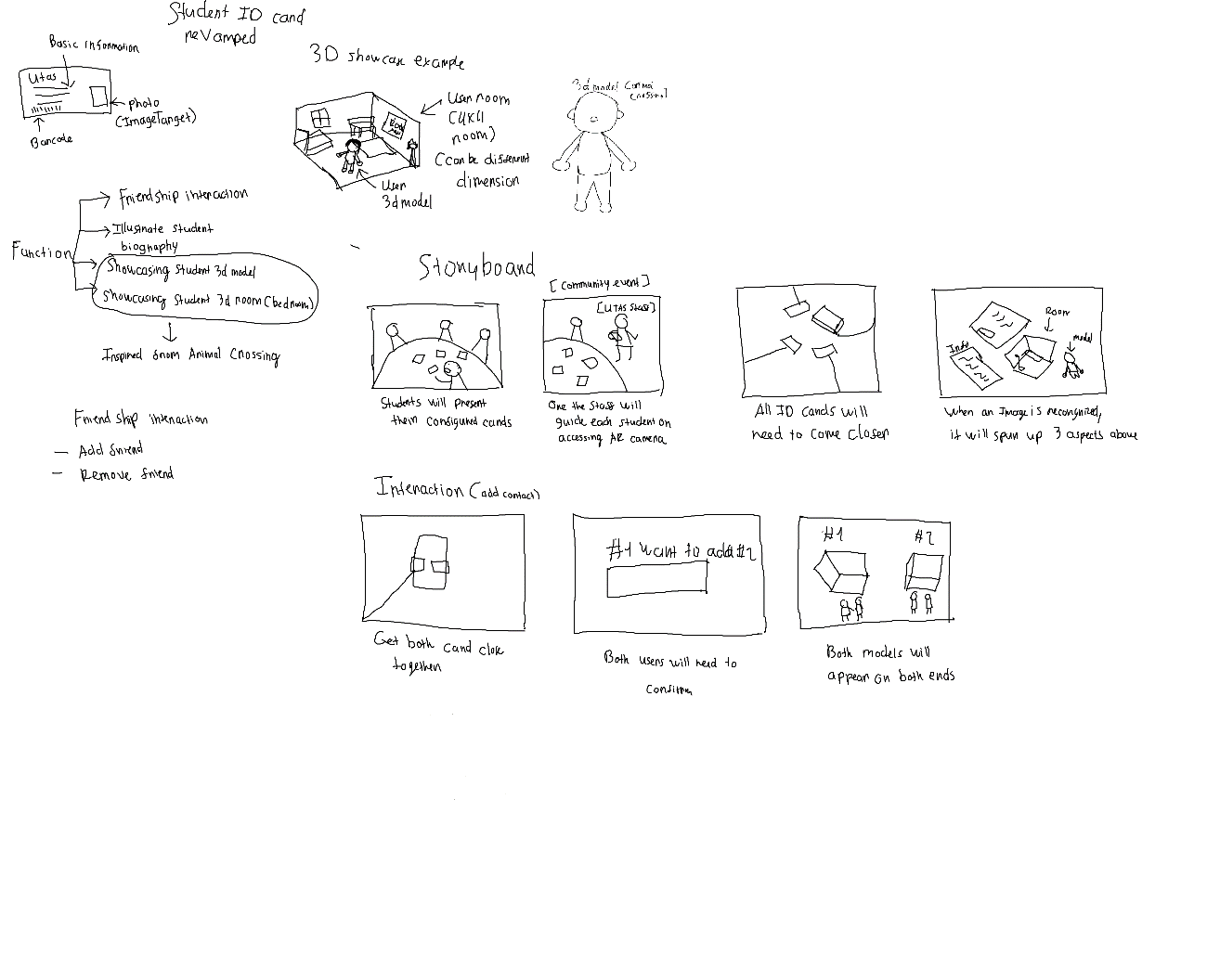
Initial technical Development
Identify the Interface Problem: We have identified an interface challenge, which is to promote student interaction on campus through AR mechanisms and increase students' learning interest with virtual rewards (such as AR clothing, furniture, etc.).
Determine the Requirements of the Interface Solution: Considering the needs of the target group (students), we have listed the main functions of the application, including swiping to display personal information and personal models and adding friends for interaction.
- Platform Selection: We have chosen the Unity 3D engine for the application's development. Unity offers a robust platform that is well-suited for AR developments, providing a comprehensive suite of tools and a flexible environment.
- AR SDK: We applied the leading AR SDK Vuforia to the project. Vuforia enables the application to recognise and track image targets (in this case, student ID cards) and superimpose digital content onto them. It can also be integrated with Unity for model movement, interaction, etc. to achieve the dynamic effects we were looking for.
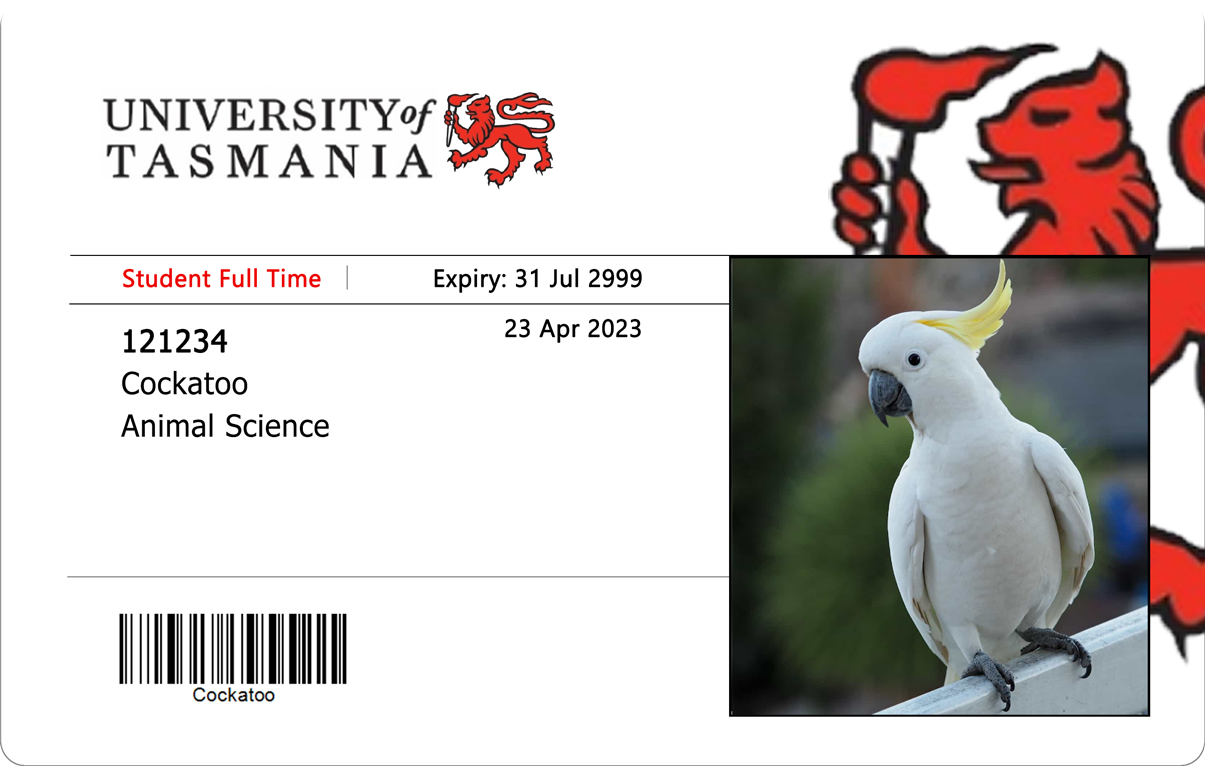
- Personal Profile Scanning: When a user scans a student card using the app, Vuforia's image recognition capabilities are utilized to identify the card (image target). Once recognized, the app fetches the corresponding user's data and presents their personal information, a customized room, and a personal 3D model.
- Friendship Feature: The application is designed to recognize two cards at the same time. Once the two cards are scanned and the respective user's consent is obtained, the app adds the friend to the user's virtual room and updates the friend list. This feature is implemented using both Vuforia's multi-target tracking and Unity's event capabilities. In the official version, Unity's network capabilities can also be used to ensure real-time data exchange and updates.
Interface Technology
- Smartphone: The main interface for our application is the smartphone. Modern smartphones are equipped with powerful cameras and processors, making them ideal carriers for AR applications. Users can easily download the app, scan the card using their phone's camera, and view the enhanced content on the screen, all without the need for additional equipment.
- Vuforia: As mentioned before, Vuforia plays a key role in our application. It provides the necessary tools for image recognition and AR content rendering. The seamless integration of Vuforia and Unity makes the development process smooth and efficient.
Initial 3D Models
In order to improve the affinity and create a "cute" feeling, this application adopts a cartoon style. To better display the style closest to this application, we chose the early Animal Crossing model provided by models-resource.com as the personal 3D model of this application. In addition, the room model comes from the Unity asset store and also uses a cartoon style.
Model 1: Animal Crossing: Pocket Camp - Animals
Description: models-resource.com provides a large number of model materials from well-known games for learning and use, and we have selected some of them as the materials for this display.
Thumbnail:
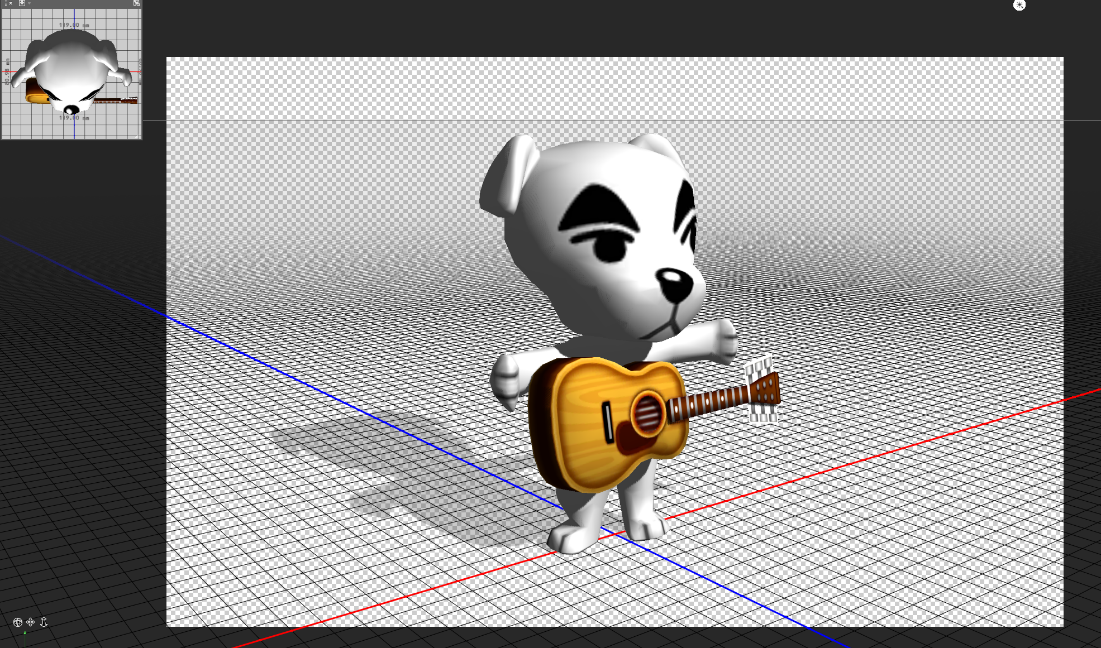
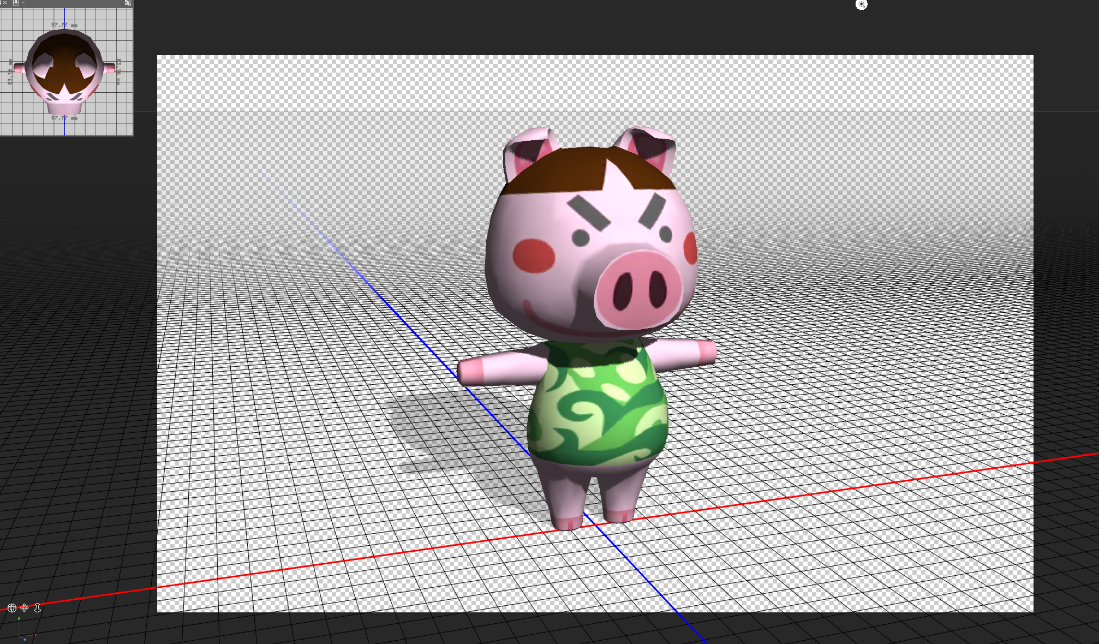

Technical Details: The model is in ‘.dae’ format, and we use Autodesk FBX Converter to convert it into the ‘.fbx’ format that Unity supports more fully, making it more compatible.
Model 2: Low-Poly Room Assets
Description: This pack is a curated selection of assets designed to jumpstart the development of game ideas. With over 15 unique assets, it provides a ready-to-use scene adaptable for any 3D game engine. These assets are a subset of a more extensive pack, suitable for unity learners. Its lopoly and cartoon-like design style is in line with the overall style of this work, and its bright colors are also consistent with the Animal Crossing model, making it suitable as a room model for this work.
Thumbnail:


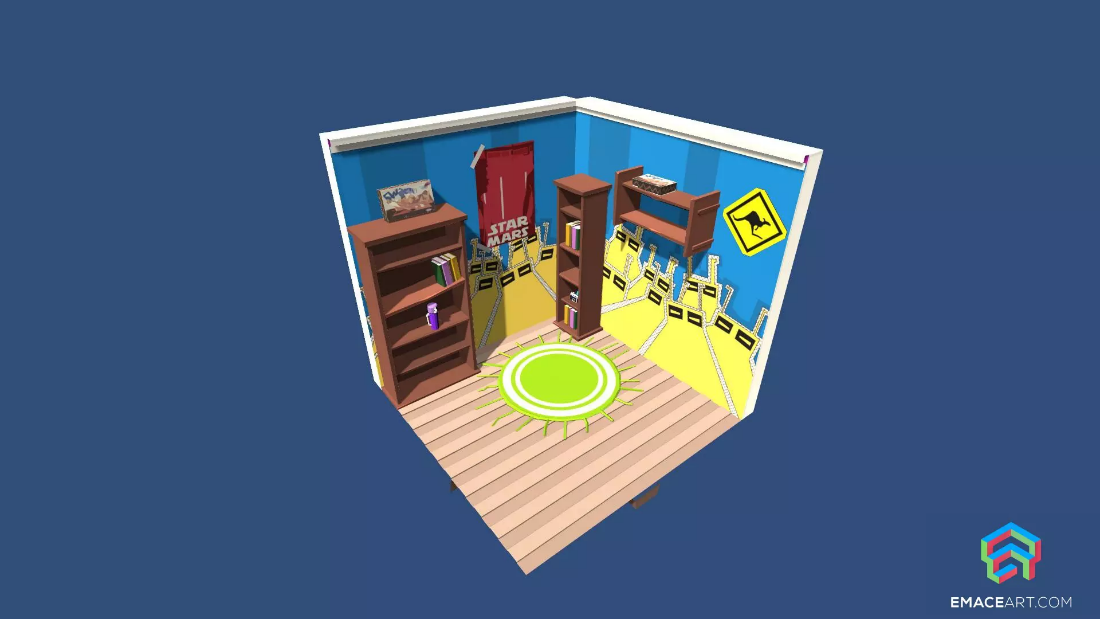
Technical Details: Total of 2670k tris, 1453k poly, and 2670k verts. The models come with three levels of detail (LOD). Pack includes 3 textures and 5 materials.

Conclusion (Wei)
By leveraging AR (Augmented Reality) technology for interaction with Student ID cards, the application aims to enhance the engagement of university life, which includes both learning activities and community events. After scanning their student cards using an AR camera, students can access their personal avatars and 3D assets. This not only fosters community engagement but also provides a unique user experience.
The application utilizes Unity 3D engine and Vuforia SDK as its development tools, allowing users to access its functionality via existing personal smart phones or tablets without the requirement for additional devices. The cartoon design style enhances the attractiveness of application. By interacting with the AR interface, the application seeks to create a novel and attractive platform, which allows students to engage in university life and share with each other.
References
Free 1980 - MidPoly Retro Rooms | Unity Asset Store n.d., viewed 8 October 2023, <https://assetstore.unity.com/packages/3d/props/interior/free-1980-midpoly-retro-rooms-203080>.
Henry, S. K. (2012), On Social Connection in University Life. About Campus, 16(6), 18-24. <https://doi.org/10.1002/abc.20083>
Mobile - Animal Crossing: Pocket Camp - The Models Resource n.d., viewed 8 October 2023, <https://www.models-resource.com/mobile/animalcrossingpocketcamp/>.
Vuforia - Augmented Reality Course 2020, viewed 8 October 2023, <https://www.youtube.com/watch?v=2Vu_lEYgkyQ>.
Assignment 4 Report
From ID to AR, shaping deeper connections and presentations for students, every interaction is a new discovery.
Leave a comment
Log in with itch.io to leave a comment.